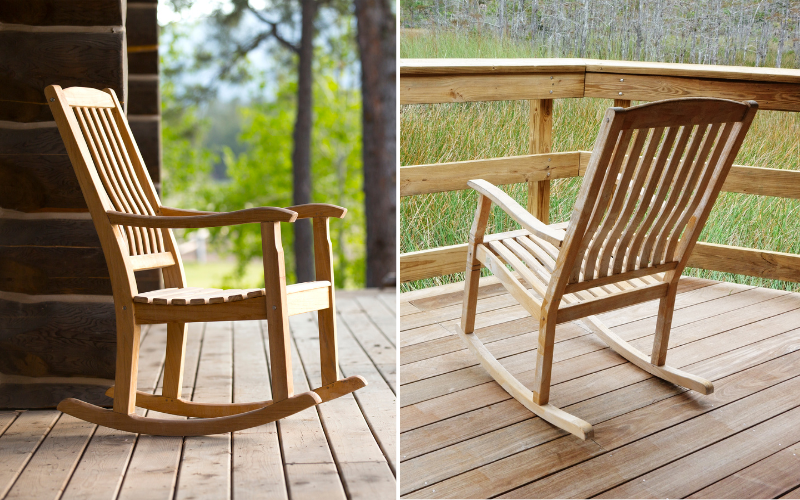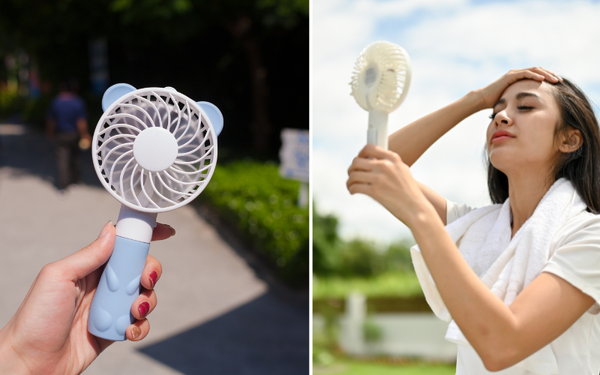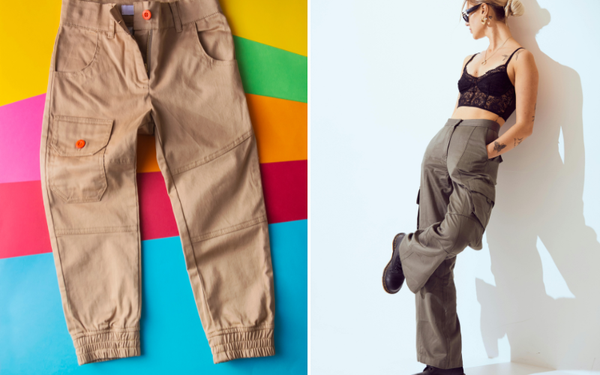When scouting for an outdoor rocking chair, it’s essential to know what features will stand the test of time and provide the best experience. This article dives into the key considerations—durability, comfort, and style—that you should weigh when making your selection, ensuring you find a chair that fits both your outdoor environment and lifestyle. So, what should I look for in an outdoor rocking chair? Let’s explore these factors in detail.
Key Takeaways
- The ideal outdoor rocking chair should be durable, comfortable, weather-resistant, and stylish, with considerations for the material’s sustainability against outdoor elements such as UV rays and moisture.
- When selecting an outdoor rocking chair, it is crucial to consider not just the aesthetics but also the ergonomics, including the chair’s size and motion type (traditional, glider, swivel, or reclining), to ensure comfort and practical use in the given space.
- Regular maintenance, including routine cleaning and protective measures against harsh weather, alongside thoughtful accessorizing with cushions, side tables, and shade solutions, can greatly enhance both the lifespan and enjoyment of your outdoor rocking chair.
1 Key Considerations for Your Outdoor Rocking Chair
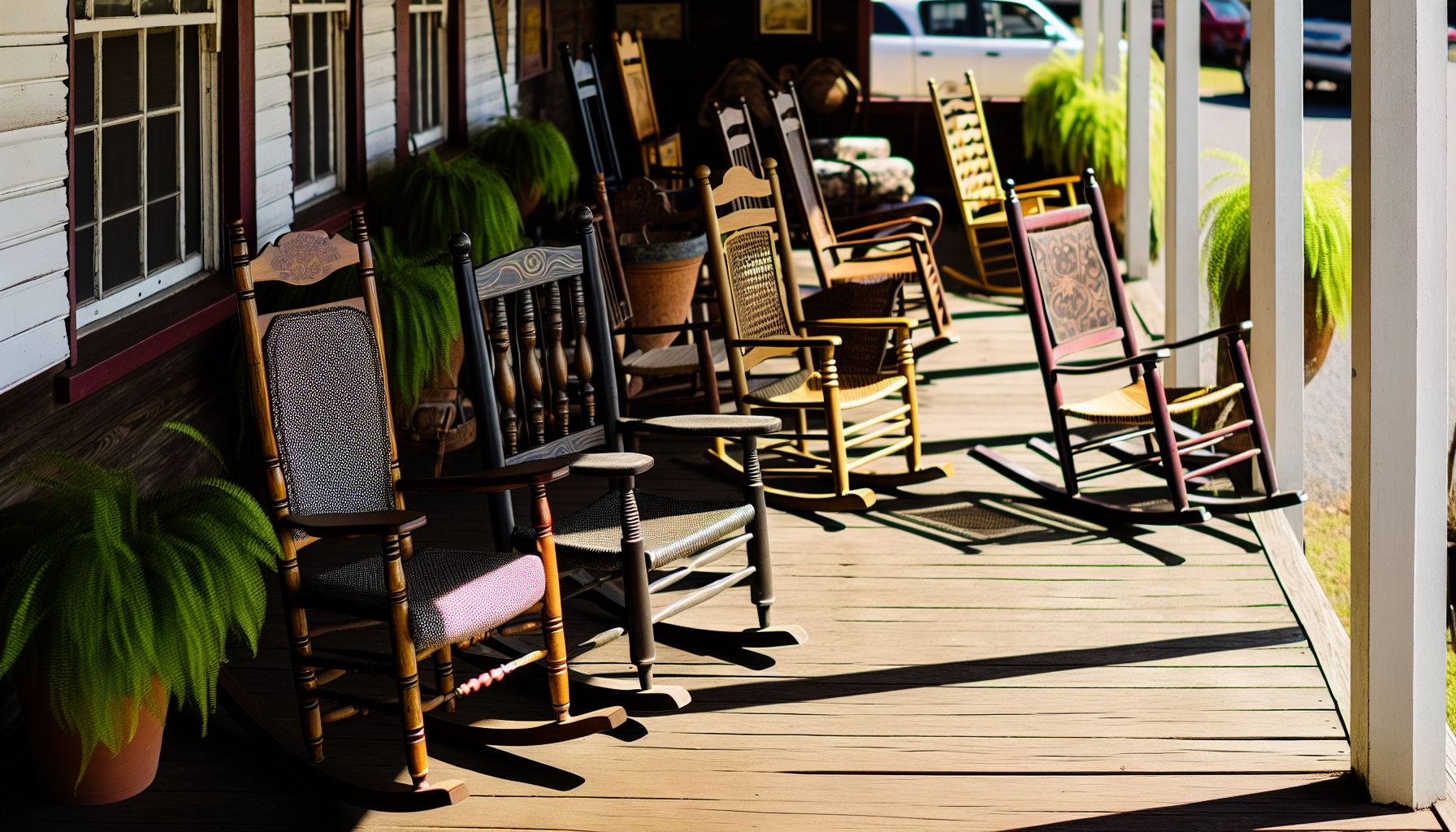
The perfect outdoor rocking chair should have the following qualities:
- Durability: It should be able to withstand the elements and last for a long time.
- Comfort: It should provide a soothing rocking motion and offer ergonomic support.
- Style: It should complement your outdoor decor and look good.
- Material: It should be made of materials that can endure the test of time.
But how do you find this elusive chair? Here are some specific factors to consider.
Durability and Weather Resistance
The first thing to think about while choosing an outdoor rocking chair is durability and weather resistance. After all, your chair will be exposed to everything Mother Nature throws its way, from blazing sun to rain showers. Therefore, your chair needs to be resilient enough to handle these varied conditions. Look for materials that are inherently resistant to the outdoor elements, like treated wood, UV-resistant plastic, or rust-resistant metal.
The chair’s curved runners not only provide a smooth rocking motion but also ensure that the chair remains stable and comfortable for the user.
Comfort and Ergonomics
Moving on to comfort and ergonomics, A rocking chair might look fantastic on your porch, but if it’s uncomfortable to sit in, it’s not going to be of much use. Consider factors like seat height, leg length, and cushioning. A contoured seat can greatly enhance comfort, as can a chair with wide armrests. Natural wicker rocking chairs can provide a comfortable and stylish seating option for your outdoor space.
The length of the legs plays a significant role in the ergonomics of a traditional rocking chair. Chairs with excessively long legs may result in an exaggerated rocking motion, while optimal leg length contributes to stability and control.
Style and Aesthetics
Lastly, take into account the rocking chair’s style and aesthetics. Your new rocking chair should not only be comfortable and durable but should also reflect your personal style and complement your outdoor space. From traditional wooden rocking chairs to modern composite rocking chairs, there’s a wide range of styles to choose from.
For a more traditional home style, opt for something with soft curves. For a modern look, consider a chair with sharp lines.
Material Matters: Choosing the Right Substance for Strength and Style
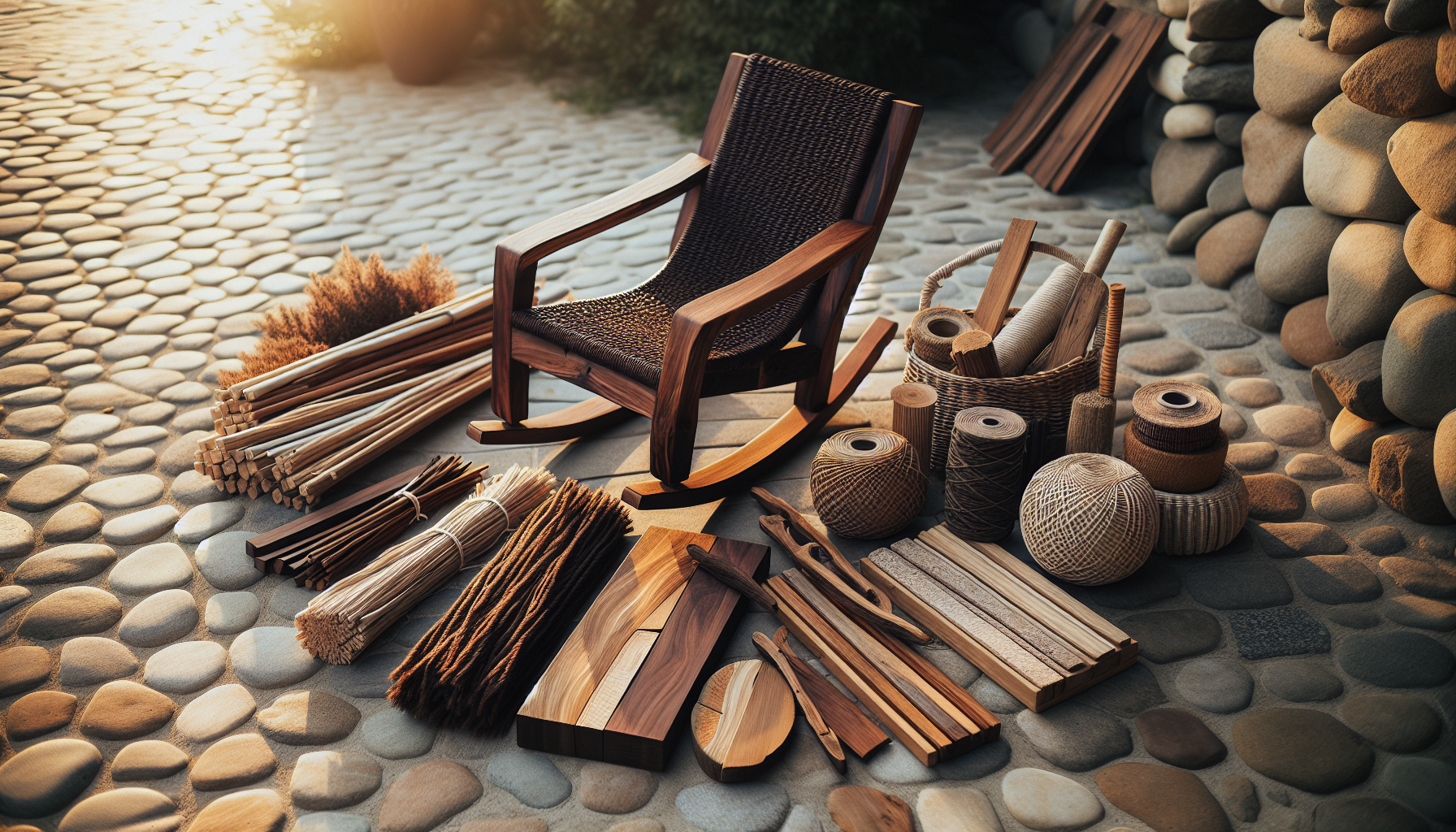
Having discussed the primary considerations, it’s time to focus on materials. The material of your rocking chair is crucial as it directly influences the chair’s durability, weather resistance, comfort, and style. While natural materials like wood or wicker bring a timeless appeal, synthetic options and metals offer durability and minimal maintenance.
Each of these options warrants an in-depth discussion.
Natural Materials for Timeless Appeal
Natural materials like wood and wicker have a timeless appeal that can add a touch of class to any outdoor space. Softwoods like Douglas fir, cedar, redwood, and pine are commonly used for their natural aesthetic appeal. However, they may require more maintenance to keep them looking their best, especially in harsh weather conditions.
Hardwood options like teak, while more expensive, offer increased durability and a natural appearance that many find appealing.
Synthetic Options for Low Maintenance
On the other hand, synthetic options like high-density polyethylene (HDPE) or other plastics offer a low-maintenance alternative. HDPE, a recyclable synthetic resin, is particularly impressive with its durability and resistance to weather, UV rays, and moisture. Plastic outdoor rockers also come in a wide range of colors, allowing you to choose one that perfectly complements your outdoor decor. However, it’s best to avoid seating with veneers as the color is only superficial and more prone to chipping and peeling.
Metals That Endure
Last but not least, metals like wrought iron and aluminum offer enduring strength and unique aesthetics. Wrought iron furniture, especially rocking chairs, are renowned for their graceful style and rustic-industrial appearance, while aluminum chairs are valued for their clean and contemporary design. Each material has its own set of pros and cons.
For instance, while wrought iron is strong and durable, aluminum is lightweight and may become hot in the sun. So, it’s essential to consider these factors when choosing the material for your rocking chair.
The Perfect Fit: Sizing Up Your Rocking Chair
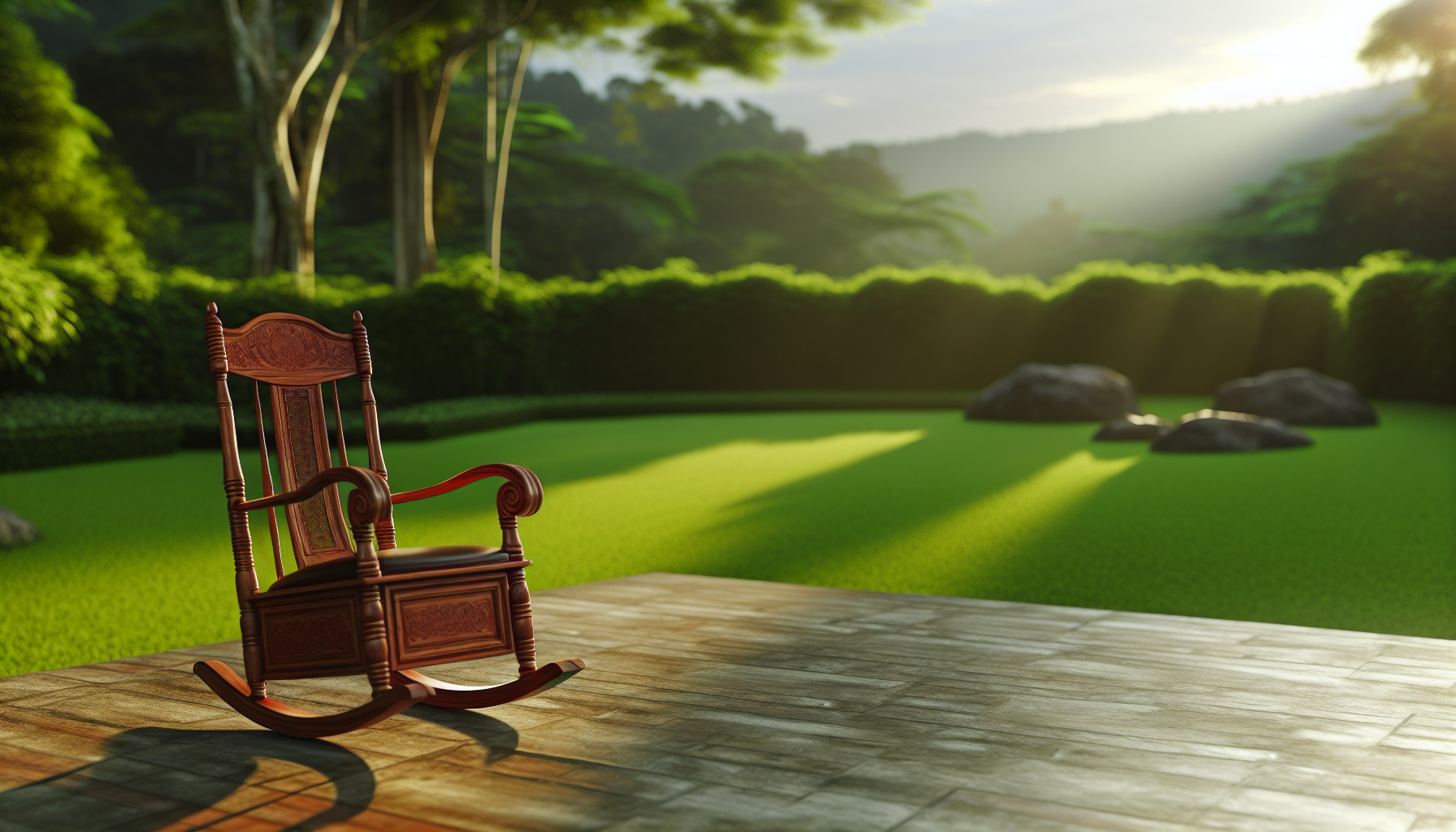
Armed with information on the important considerations and types of materials, we can now address the issue of sizing. Getting the size right is crucial for your ultimate comfort and the chair’s functionality. You need to ensure that there’s enough space for the chair to rock without hitting other furniture or walls. Plus, the chair’s proportions should provide a comfortable seating position.
We can delve deeper into this aspect.
Room to Rock
When thinking about where to place your rocking chair, ensure you have enough room for the chair to rock smoothly without bumping into walls or other furniture. A general rule is to allow 2-3 feet of space on all sides of the chair. This will provide enough room for the chair to rock back and forth without any obstructions, making your rocking experience more enjoyable and relaxing.
Proportions for Comfort
Next, consider the chair’s proportions. The chair’s seat height, leg length, and overall dimensions should be just right for you to sit comfortably. A good rule of thumb is to choose a chair with a seat height of 16 to 17 inches, which is considered optimal for individuals of average height. The length of the legs also plays a significant role in determining the optimal sitting angle and overall comfort.
After all, the best outdoor rocking chair, such as an adirondack chair, is one that feels like it was made just for you, and our collection of outdoor rocking chairs offers a variety of options to suit your preferences.
Motion Options: Types of Rocking Chairs
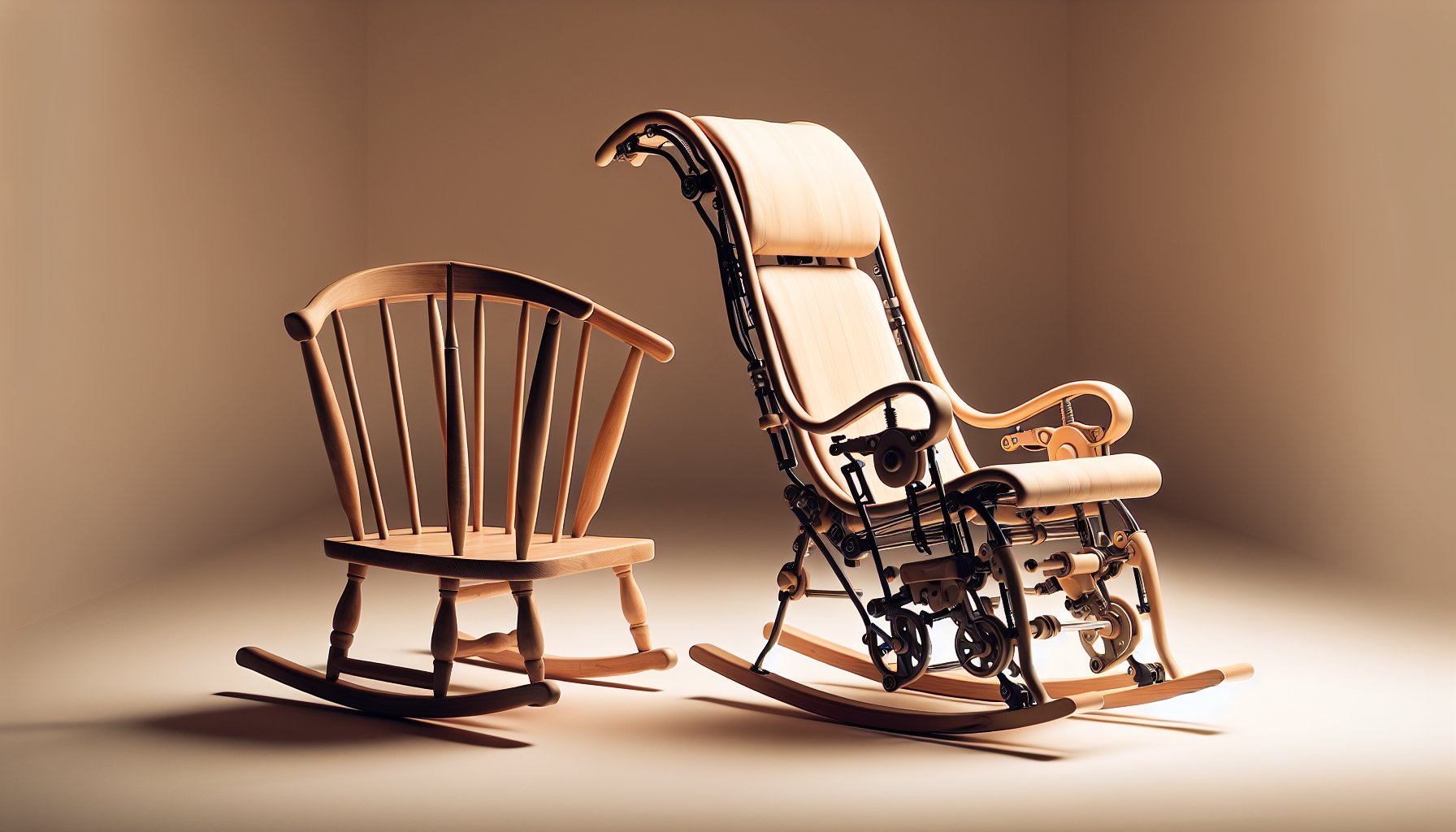
It’s time to navigate through the various types of rocking chairs. Here are some options to consider:
- Traditional rocking chairs with their classic back-and-forth motion.
- Glider rocking chairs that provide a smoother motion.
- Specialty rockers with swivel and reclining features for added comfort and flexibility.
We can examine these options more closely.
Traditional vs. Glider Rocking Chairs
Starting with the classics, traditional rocking chairs are loved for their curved legs that facilitate the back-and-forth rocking motion. They’re timeless and durable but do require more floor space.
Glider rocking chairs, on the other hand, use hinges and levers to achieve a smoother rocking motion. While they require less floor space, a glider rocking chair is typically more expensive and can be more susceptible to breakage.
Specialty Rockers: Swivel and Reclining Features
Next, let’s discuss specialty rockers. Swivel rocking chairs can rotate in a circular motion, adding versatility to the rocker’s movement, while reclining rocking chair models have a backrest that can be reclined for enhanced comfort. These chairs lend a sense of luxury to your outdoor space.
Nevertheless, they could be heavier and more challenging to relocate, plus they require extra space, which may make them impractical for smaller outdoor areas.
Accessorize for Ultimate Relaxation
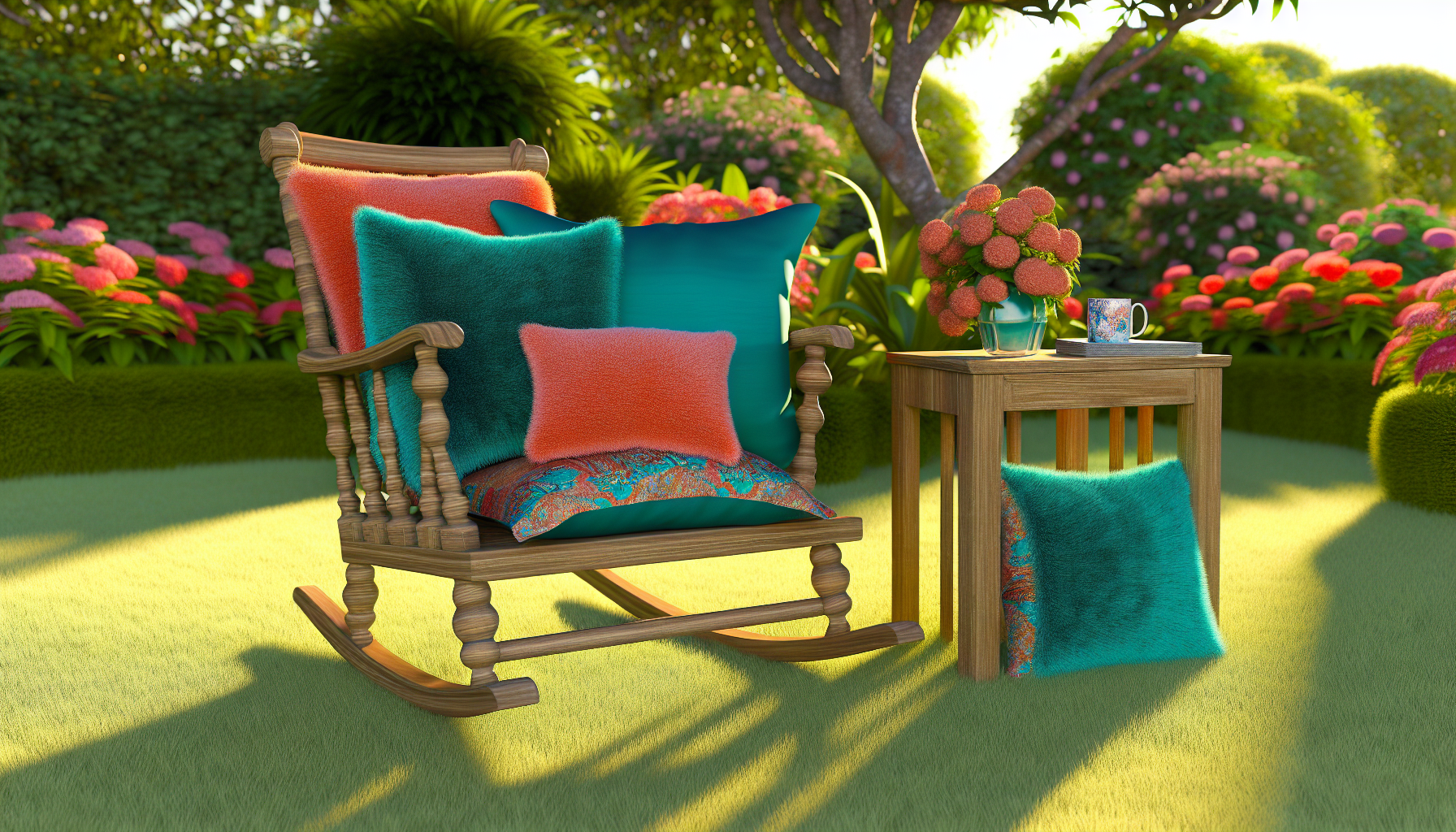
To maximize your relaxation, consider accessorizing your outdoor rocking chair. From plush cushions that provide extra comfort to side tables for holding your drink or book and shade solutions to keep the sun at bay, these accessories can elevate your outdoor relaxation experience to a whole new level.
Here’s a more detailed look at these add-on options.
Cushioning for Extra Comfort
Cushions not only provide extra comfort but also offer an opportunity to add a splash of color or a touch of your personal style to your rocking chair. When choosing cushions, measure the width and depth of the chair’s seat to ensure a perfect fit. Opt for cushions made of weather-resistant materials that can withstand outdoor conditions.
You can even customize the cushion design to align with your outdoor decor.
Side Tables for Convenience
A side table is a perfect companion for your rocking chair. It provides a convenient place for your drink, snack, or book, enhancing your relaxation experience. When selecting an outdoor side table, consider its functionality and size.
It should be positioned just below the arm of the rocking chair for easy accessibility.
Shade Solutions
Lastly, consider shade solutions such as umbrellas or shade sails. Not only do they protect you from the sun’s harsh rays, but they also add to the aesthetic appeal of your outdoor space. Whether you opt for an outdoor umbrella or a canopy beach chair, these shade solutions can significantly improve your comfort and enjoyment of your outdoor rocking chair.
Maintenance Tips to Prolong Your Chair's Life
Once you have your perfect rocking chair and have accessorized it to your liking, it’s essential to take care of it. With regular maintenance, you can prolong the life of your chair and keep it looking its best for years to come. Here are some maintenance tips for you, which include routine cleaning and protective steps to take during harsh weather.
Regular Cleaning Routine
Just like any piece of outdoor furniture, your rocking chair needs regular cleaning. A quick wipe down with a soft cloth and mild soap can keep your chair looking fresh and clean. For a deeper clean, consider using a soft bristle brush to get into any crevices or detailed areas.
Remember to rinse thoroughly and dry your chair after cleaning to prevent any soap residue or water spots.
Protective Measures Against Inclement Weather
Protective measures can also extend the life of your outdoor rocking chair. Consider using a protective cover or storing your chair indoors during harsh weather conditions. For metal chairs, applying a protective coating can prevent rusting.
For synthetic material chairs, using a protective cover can prevent weather-induced damage. Remember, the better you care for your chair, the longer it will last.
Integrating Rocking Chairs Into Your Outdoor Decor
Now that you’ve chosen your rocking chair and learned how to take care of it, it’s time to integrate it into your outdoor decor. Whether your rocking chair complements your existing outdoor furniture or serves as a focal point in your space, it can significantly enhance the aesthetic appeal of your outdoor area.
Here are some suggestions on how to incorporate your rocking chair into your outdoor decor effortlessly.
Complementing Living Rooms and Porches
A well-chosen rocking chair can enhance the decor of your outdoor living room or porch. Consider the existing color scheme and style of your outdoor space while choosing your rocking chair. For instance, a traditional wooden rocking chair can add a touch of elegance to a traditionally styled porch, while a modern composite rocking chair can complement a contemporary outdoor living room.
Remember, your rocking chair should be more than just a comfortable place to sit; it should also be a reflection of your personal style.
Creating a Focal Point
A rocking chair can also serve as a focal point in your outdoor space. A stylish rocking chair can draw attention and invite relaxation. You can choose a chair in a bold color or unique design to stand out. Position it in a spot that offers pleasant views, or make it the first point of interest when entering the backyard.
Remember, the aim is to create an inviting space that beckons you to sit down and relax.
Summary
In conclusion, choosing the perfect outdoor rocking chair involves careful consideration of various factors such as durability, comfort, style, material, size, type, and accessories. Regular maintenance can prolong the life of your chair, and thoughtful integration into your outdoor decor can enhance its aesthetic appeal. Whether you’re looking for a traditional wooden rocking chair to complement your porch or a modern composite rocking chair to serve as a focal point in your backyard, the perfect rocking chair awaits you. So go ahead, make your choice, and get ready to rock your way to relaxation!
Frequently Asked Questions
What makes a good rocking chair?
A good rocking chair should fit your body well, with the head easily finding the headrest, the chair following the curves of your back, feet flat on the ground, and fingers comfortably curling around the armrests. This ensures proper posture and comfort.
How do I choose a rocking chair?
When choosing a rocking chair, consider factors such as modern design, body size, seating style, motion, and comfort. Adding cushions can also enhance your comfort while using the chair.
What is the best rocking chair material?
The best rocking chair material is hardwood, such as teak or oak, due to their beauty, durability, and resistance to scratches and dents. Regular refinishing is necessary to maintain their peak condition.
What are the key considerations for choosing an outdoor rocking chair?
When choosing an outdoor rocking chair, it's important to consider factors like durability, weather resistance, comfort, ergonomics, and style to ensure it meets your needs.
How much space do I need for a rocking chair?
Make sure to allow 2-3 feet of space on all sides of the rocking chair for smooth rocking and easy access. This will ensure comfortable usage of the chair.
You Might Also Like...
